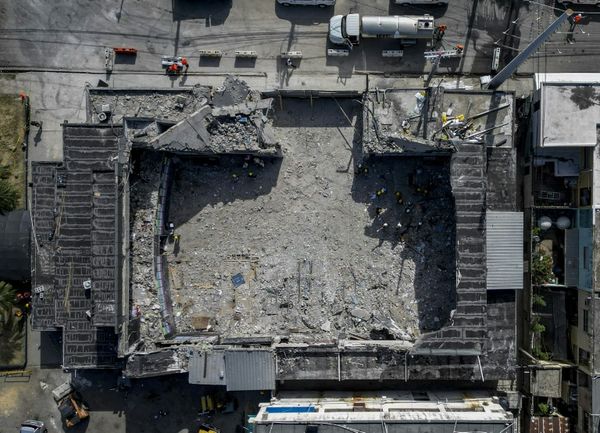
New home sales in 2024 hit their highest level since 2021, according to data released by the United States Census Bureau.
In a market where mortgage interest rates are stubbornly high—despite Federal Reserve rate cuts—and existing home sales remain sluggish, this is welcome news for prospective homebuyers.
Home values have skyrocketed over recent years. The median sales price in the final quarter of 2024 was $419,200 and the average price was $510,300, according to the U.S. Department of Housing and Urban Development—both figures a hair below all-time highs.
But one industry expert predicts we’ll see even more new construction in 2025, and that should offer price relief for those seeking to jump from renting to homeownership or looking to move.
Noelle Tassey, CEO of the real estate platform Redy, makes the case that more new inventory will put downward pressure on prices for both new builds and existing homes as sellers strive to attract price-sensitive buyers.
Demand still outpacing supply in many regions, mortgage rates remain high
There were 683,000 new homes sold in the U.S. in 2024, per Census Bureau data. That compares to 666,000 in 2023, 641,000 in 2022, 771,000 in 2021, and 822,000 in 2020. These figures fall far short of the all-time high in annual new home sales—1,283,000 homes in 2005.
“Right now, the United States is missing about 4.5 million homes,” says Tassey. “That inventory shortage has driven up the cost of homes significantly.”
Complicating matters is where Americans are moving to. High-growth regions experiencing an influx of residents probably won’t see home prices easing as much as elsewhere.
“The South, specifically in the Sunbelt region, will likely keep seeing a significant population boom and high demand for new construction,” says Tassey.
New home sales in the South were 411,000 in 2024, roughly flat with 2023 levels and up slightly from 2022. Redy sees supply increasing in areas like the Sunbelt, but demand is climbing faster than new homes can be built.
“Buyers are incredibly price-sensitive right now,” says Tassey. “Between high mortgage rates and elevated inflation, buyers are very aware of how much money they’re spending.”
Stubbornly high mortgage rates are not helping. Despite the Fed cutting the federal funds rate three times in the final quarter of 2024, average mortgage rates remained close to 7% for a 30-year, fixed-rate conventional loan.
Taking a longer view, average rates around 7% don’t really equal a high-rate environment. However, for consumers who got used to sub-3% mortgage rates during the pandemic era as the Fed dropped the federal funds rate to essentially zero, they feel prohibitive for many home shoppers.
What you should know if you’re planning to sell
Tassey recommends folks who are planning to sell their home in 2025 work with a local agent who knows the market—or, if selling on their own, do extensive research into what comparable properties in the area have sold for—to avoid the trap of pricing too high.
“If you overprice your home, especially in today’s high rate, low affordability environment, your home could very likely remain on the market for a long time,” she says.
She also suggests sellers may benefit from investing in home improvements, such as painting rooms or upgrading the bathroom, even though this represents an upfront cost.
“A home is usually a person’s biggest asset, so a buyer wants to know that they’re buying something that is move-in ready and won’t require significant fixes in the short-term,” Tassey says.
The takeaway
The 2025 new home sales numbers offer a glimmer of hope for Americans hoping to buy in 2025. For price-sensitive consumers, new homes can offer more value since builders are more motivated to sell than residents holding on to existing homes with low mortgage rates. That can give buyers leverage for a better deal.
“Because of the price sensitivity, new homes can actually be more attractive to some because builders are able to offer incentives like mortgage rate buydowns and closing cost credits, which could make the overall home purchase more affordable,” Tassey says. “Homeowners can offer incentives, too, but they may be less inclined to do so, as to not cut into their profitability.”







